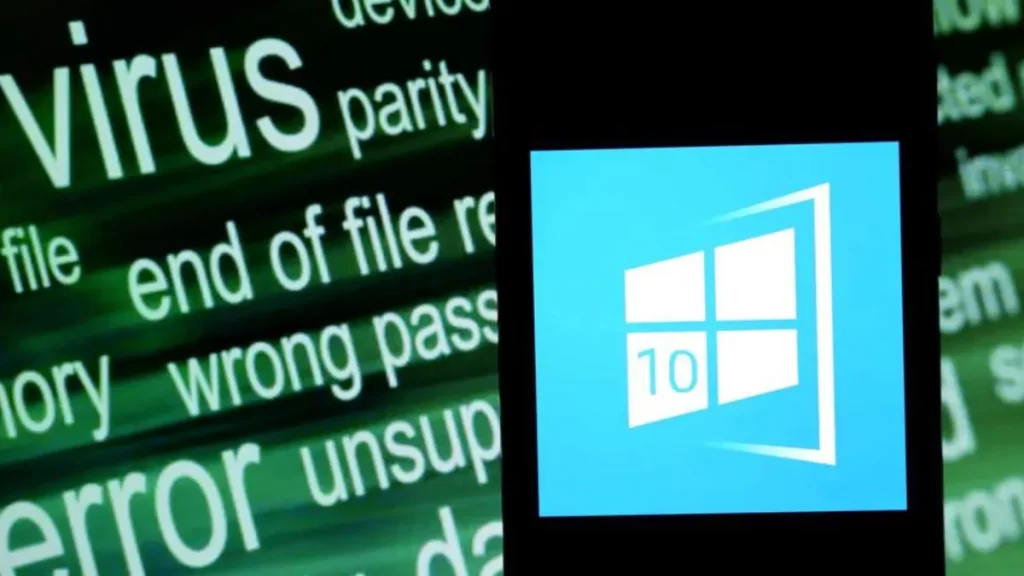Description :
ButterFlyDose, a threat actor active on Russian cybercrime forums Exploit and XSS, has recently come to light for allegedly offering a zero-day exploit for sale. This exploit specifically targets the latest versions of Microsoft Windows operating systems. The exploit is claimed to impact Windows 8 through the most recent release.
According to reports, ButterFlyDose is marketing a local privilege escalation (LPE) exploit, which allows an attacker to gain elevated privileges on a compromised system. The exploit is being offered for sale at a price of USD 150,000. The exact runtime of the exploit has not been specified in the available information.
It is important to approach such reports with caution as the accuracy and authenticity of these claims have yet to be independently verified. However, the emergence of a potential zero-day exploit targeting the latest Microsoft Windows versions highlights the ongoing challenges faced in securing operating systems and the continuous efforts required to mitigate the risks associated with such vulnerabilities.
Understanding Zero-day Exploits:
A zero-day exploit refers to a vulnerability in software that is unknown to the software vendor and, therefore, unpatched. Hackers exploit these vulnerabilities before the vendor becomes aware of them, leaving users at risk. Zero-day exploits are highly prized by cybercriminals as they provide an advantage in launching attacks before security patches are released.
Potential Impacts:
The discovery and sale of a zero-day exploit targeting the latest Microsoft Windows versions raise significant concerns:
System Compromise: If successfully exploited, the vulnerabilities can allow attackers to gain unauthorized access to affected systems. This can lead to unauthorized data access, system manipulation, or the installation of additional malicious software.
Data Breaches: Once attackers gain access to systems, they may exfiltrate sensitive data, compromising personal information, business data, or intellectual property. This can result in severe financial losses, reputational damage, or legal consequences.
Malware Distribution: Attackers can utilize the zero-day exploit to deliver malware, such as ransomware, spyware, or keyloggers, to compromise systems further or launch broader attacks on networks and organizations.
Targeted Attacks: The sale of the zero-day exploit increases the risk of targeted attacks against specific individuals, organizations, or industries. This tailored approach allows cybercriminals to focus their efforts on high-value targets, increasing the potential impact of the exploit.
Mitigation and Prevention:
Prompt Patching: It is crucial for users to promptly apply security patches and updates released by software vendors, especially when addressing zero-day vulnerabilities. Regularly updating systems and applications is an essential defense against known vulnerabilities.
Robust Cybersecurity Measures: Employ comprehensive cybersecurity measures, including firewalls, intrusion detection systems, and endpoint protection solutions. These measures can help detect and block malicious activities, reducing the risk of exploitation.
Security Awareness and Education: Promote cybersecurity awareness among users to help them identify and report suspicious activities. Training employees to recognize phishing attempts, suspicious links, and malicious attachments can mitigate the risk of falling victim to such attacks.
Vulnerability Management: Organizations should implement proactive vulnerability management programs to identify and address vulnerabilities within their networks and systems. Regular vulnerability assessments and penetration testing can help identify potential weaknesses.
Take Away:
The emergence and sale of a zero-day exploit targeting the latest versions of Microsoft Windows underscore the ever-present threat of unknown vulnerabilities in software. Users and organizations must prioritize timely patching, robust cybersecurity measures, and user awareness to mitigate the risks associated with zero-day exploits. Additionally, software vendors should maintain strong security practices, encourage responsible vulnerability disclosure, and expedite the release of patches to address these critical vulnerabilities promptly.





